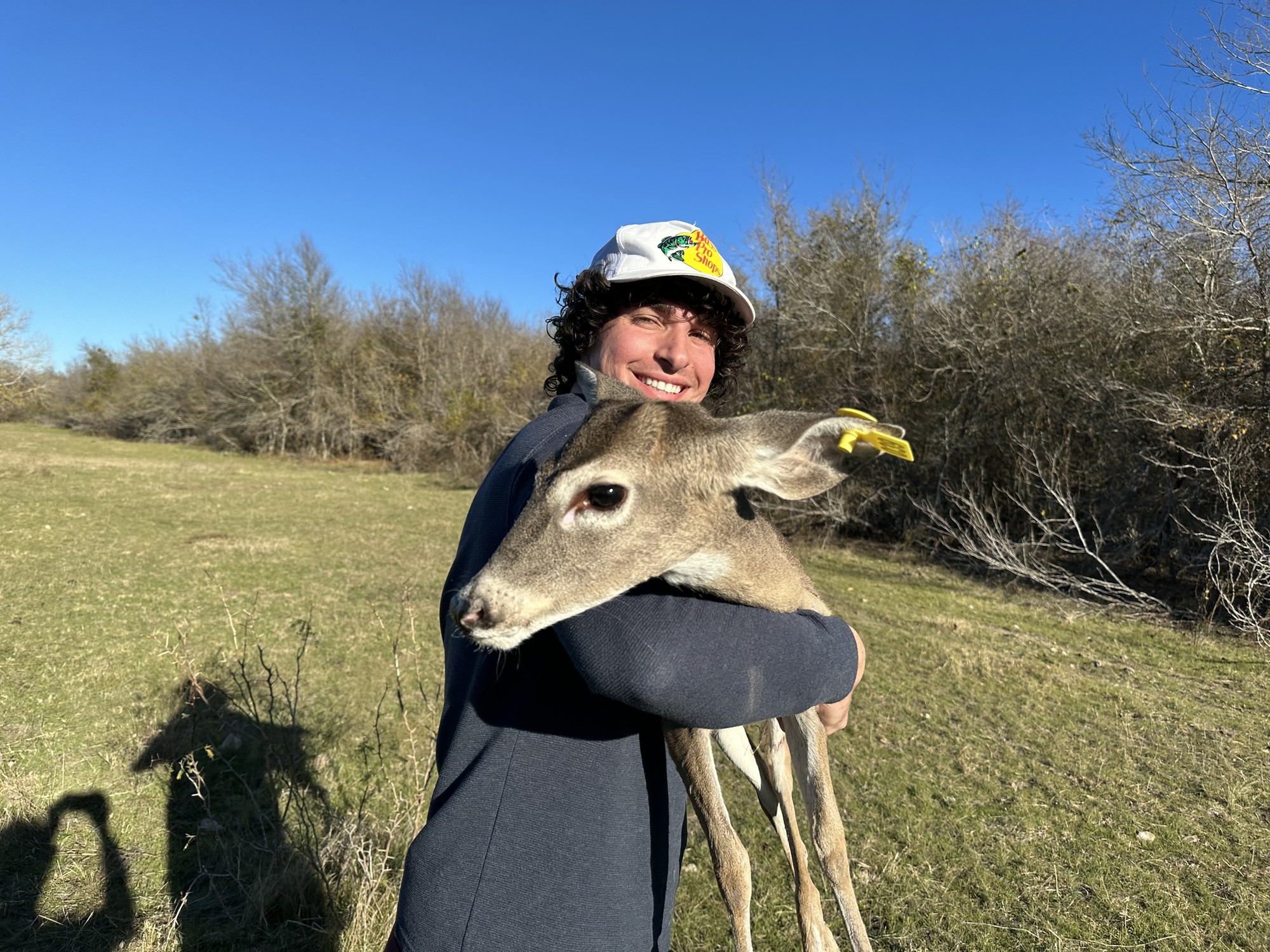Understanding the Need for Animal Control Burlington in Urban Environments
Understanding the Need for Animal Control Burlington in Urban Environments
Blog Article
Typical Obstacles and Solutions in Urban Wild Animals Removal Efforts
Urban atmospheres present special obstacles for wild animals management professionals charged with eliminating or handling wild animals populaces. These obstacles often intersect with ethical considerations, legal frameworks, and the safety of both humans and animals. Public resistance and mistaken beliefs additionally make complex these initiatives, requiring ingenious, non-lethal options and robust neighborhood outreach. Comprehending the complexities associated with urban wildlife elimination is critical for creating approaches that stabilize human security with wildlife welfare. What approaches have confirmed most reliable, and exactly how can communities be better involved to sustain these efforts? This discourse looks for to discover the elaborate balance needed for effective urban wild animals monitoring.
Honest Wild Animals Administration
Addressing the intricacies of ethical wild animals management needs an equilibrium between human passions and the preservation of wild animals ecosystems. In metropolitan setups, this balance comes to be progressively tough as human growth encroaches on wild animals habitats, leading to constant human-animal interactions. Honest wild animals management in these atmospheres needs techniques that focus on gentle treatment of pets while mitigating possible conflicts.
One of the core principles in honest wildlife management is the prevention of injury. This involves utilizing non-lethal approaches for wildlife removal, such as exclusion methods that protect against animals from going into human houses, or making use of deterrents that guide them away from metropolitan locations. Wild animals specialists are tasked with employing methods that lessen stress and anxiety and injury to the pets, guaranteeing their welfare is considered together with human security.
It is essential to analyze the environmental functions of metropolitan wildlife and how their removal might influence regional biodiversity. Ultimately, reliable honest wildlife monitoring includes collaboration in between guardians, policymakers, and the public to maintain metropolitan communities.
Navigating Lawful Restrictions
Browsing the legal landscape of metropolitan wild animals removal provides an intricate layer to the currently challenging task of moral wildlife management. These legislations differ significantly across areas, necessitating extensive understanding and conformity from those included in wild animals monitoring - animal control Burlington.
One major difficulty is the constant development of these laws, typically driven by ecological changes and societal attitudes in the direction of wild animals preservation. Thus, professionals have to continue to be informed about current legal standards and forthcoming legislative adjustments. Non-compliance can result in substantial charges, legal ramifications, and reputational damages.
Structure relationships with wild animals companies and lawful professionals can provide beneficial insights and advice. Therefore, understanding and adhering to lawful frameworks is not simply a procedural requirement but a basic element of responsible and sustainable city wildlife monitoring.

Security in Elimination Practices
Guaranteeing security in wild animals removal methods is paramount to safeguarding both animal and human well-being. These initiatives require a balanced method that lessens threat while achieving the desired result of moving pets from city settings. A primary worry in wild animals elimination is the possibility for injury or condition transmission to human beings, demanding using personal protective equipment (PPE) such as gloves, masks, and goggles. Educated experts must take care of eliminations to stay clear of aggravating the scenario, as inexperienced people may unintentionally hurt themselves or the animals involved.
Safe elimination methods also consist of making use of humane catches created to stop injury. These catches need to be routinely kept an eye on to make certain that animals are not left their website in distress. In addition, it is vital to stick to guidelines that determine the suitable handling, transport, and release of captured wildlife, making sure that the pets are returned to appropriate habitats where they can thrive without positioning more dangers to metropolitan atmospheres.
Furthermore, education and training for those entailed in wildlife removal are vital. This ensures that all celebrations are mindful of the most recent safety and security protocols and methods, consequently reducing the possibility of crashes and advertising an unified coexistence between metropolitan residents and wild animals.
Cutting-edge Deterrent Solutions
While safety in wildlife removal is important, stopping experiences with city wild animals through cutting-edge deterrent remedies can significantly minimize the demand for such treatments. Urban environments, with their abundance of food and shelter, typically draw in wild animals like raccoons, squirrels, and pigeons, resulting in potential conflicts. Developments in technology and design have paved the way for creative and efficient deterrent techniques that lessen wild animals existence without harm.
One such solution is the use of ultrasonic tools, which emit high-frequency audios faint to humans but unpleasant for numerous wild animals varieties, driving them far from certain useful reference areas. Furthermore, motion-activated sprinklers can prevent animals by stunning them with sudden bursts of water, effectively discouraging their return. These devices are particularly valuable in securing gardens and eco-friendly spaces from foraging pets.

Furthermore, the combination of smart lights systems that readjust their brightness and color can interfere with the nocturnal tasks of particular wildlife, minimizing their convenience in urban setups. Physical obstacles, such as bird spikes and nettings, continue to act as sensible deterrents, avoiding pets from nesting or roosting in unwanted locations. Highlighting humane and green strategies, these advancements hold assurance for sustainable urban wildlife monitoring.
Area Education Initiatives
Comprehending the value of area education and learning initiatives is essential in attending to city wild animals obstacles effectively. Such initiatives play a significant role in promoting coexistence between people and wildlife in metropolitan settings by increasing understanding and advertising accountable habits. Informing citizens regarding regional wildlife types, their habitats, and behaviors can decrease misunderstandings and fear, resulting in more informed decisions pertaining to wild animals management.
Neighborhood education and learning initiatives typically include workshops, seminars, and outreach programs designed to involve citizens of any ages. These efforts can concentrate on practical suggestions, such as safeguarding waste containers, installing bird-friendly structures, and staying clear of feeding wild animals, which helps prevent bring in pets into urban areas. By disseminating knowledge about the ecological roles of wildlife, areas can move point of views from checking out animals as problems to recognizing their value within urban communities.
Locals that recognize the significance of wild animals conservation are more likely to sustain gentle elimination techniques and habitat defense measures - wildlife rescue burlington. Reliable area education requires partnership in between neighborhood authorities, wild animals specialists, and community leaders to develop tailored programs that attend to details city wildlife issues.
Conclusion
Urban wildlife removal needs a diverse technique, resolving ethical management, legal compliance, and safety in removal practices. Utilizing ingenious deterrent options and prioritizing non-lethal techniques are vital for alleviating human-wildlife problem. Neighborhood education and learning efforts play a substantial function in altering perceptions and encouraging conjunction by cultivating an understanding of wild animals habits and decreasing attractants. Successful urban wild animals monitoring pivots on partnership among authorities, residents, and specialists, making certain methods that protect human safety while valuing wild animals welfare.
Urban environments existing unique difficulties for wild animals administration specialists charged with getting official website rid of or handling wild animals populations. Understanding the intricacies entailed in urban wild animals elimination is essential for establishing approaches that balance human security with wild animals welfare.Browsing the lawful landscape of urban wildlife elimination offers a complex layer to the already difficult job of moral wild animals administration.While security in wildlife elimination is essential, avoiding experiences with urban wildlife with innovative deterrent remedies can dramatically lower the demand for such treatments. Successful urban wild animals administration hinges on partnership among professionals, homeowners, and authorities, ensuring techniques that protect human safety while respecting wildlife well-being.
Report this page